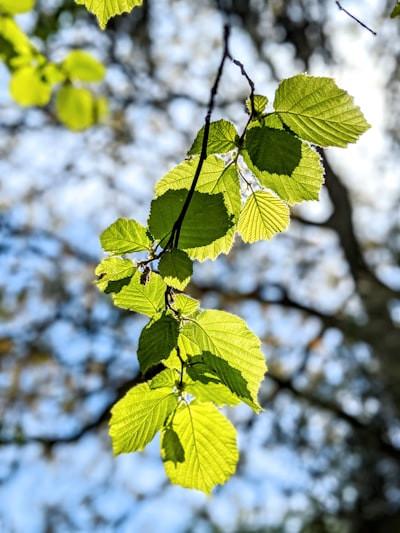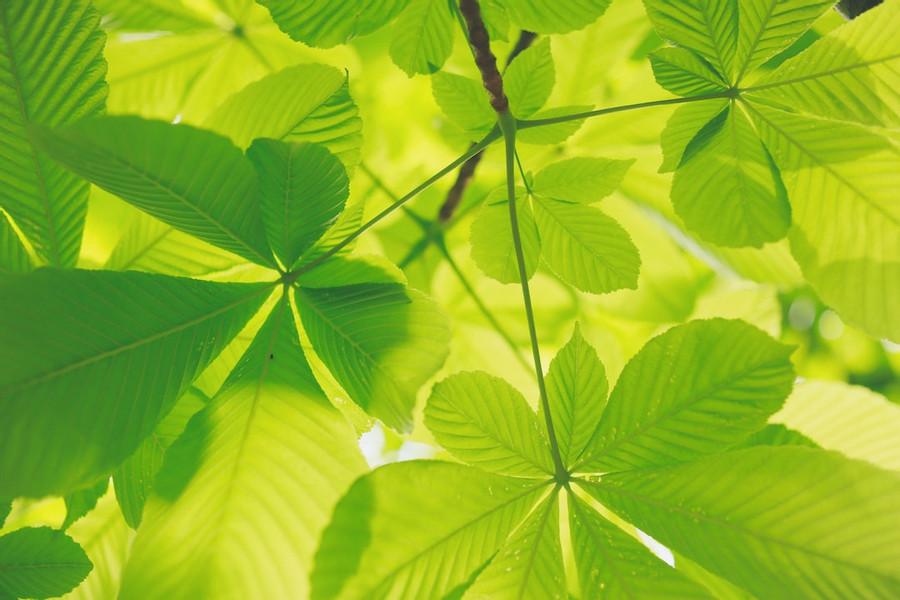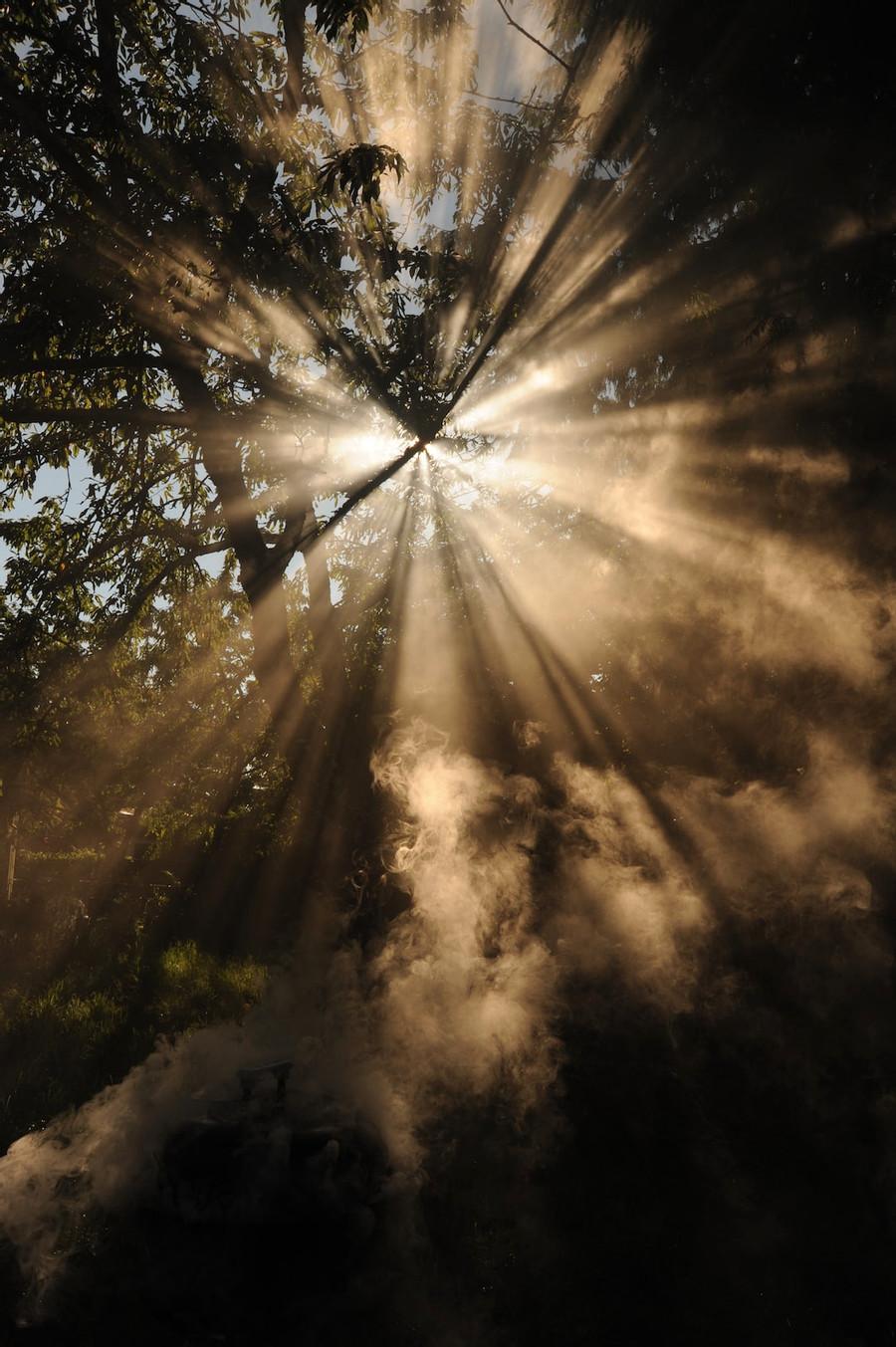Explore the World's Best Ideas
Join today and uncover 100+ curated journeys from 50+ topics. Unlock access to our mobile app with extensive features.
Plants
Plants are one of the most interesting living creatures promoting the sustainability of animals' lives.
Plants are autographs and transducer the light energy of sun to chemical energy that is stored in the bonds of food.
4
184 reads
Photosynthesis
The amazing process in which food is synthesized by plants (mainly) using inorganic constituents in the presence of sunlight.
Inorganic constituents include Carbon dioxide, water, hydrogen sulfide, etc...
4
157 reads
Photosynthesis
Photosynthesis hence basically include two steps
A. Utilizing and storing the energy of the sun (therefore photo)
B. Synthesis of organic molecules
4
152 reads
Light Reaction
The former step of the utilization of sunlight energy to produce energy-storing compounds like ATP and NADPH, and then using them to carry out synthesis.
The light reaction involves a light Harvesting complex, which itself includes:
- Photo systems
- Accessory pigments
4
120 reads
PSI
Photosystem I was discovered earlier, and thus named PS I.
Absorption peak observed at 700 nm. (Far red radiations)
P700 when comes in contact with radiation whose wavelength is less than 700 nm it gets activated (as lower wavelength have higher energy).
It forms P700+ and loses one electron due to photoemission.
This electrons enters a transport ⛓️ chain and continuously synthesize out energy 🔋 storing compounds.
4
105 reads
PS II
Let's directly jump to point here
- Absorption maxima - 680nm (Red Radiations)
- Discovered later
- Forms P680+ on losing one electron on account of photoemission.
- P680+ is the most powerful oxidizing agent that can oxidize water to Oxygen. And hence maintains its supply of electron from water.
4
92 reads
Non-cyclic Photophosphorylation
When electron doesn't return to it's origin.
- 680nm light is available.
- P680 stimulated by it and Electron is emitted by it.
- P680+ is formed and excited electron is accepted by Phaeophytin (primary electron acceptor)
- Phaeophytin transfers it to Plastoquinone. That also intakes an H+ ion from the stroma as it is Hydrogen carrier. And PQH2 reduced to plastoquinone.
- This hydrogen along with electron transferred to cytochrome b6f.
- This proton is actively dumped into the lumen of thylakoid by cytochrome b6f.
- And electron is transferred to plastocyanin (Cu2+ present).
- And ultimately supplies electron to PSI
4
74 reads
Non Cyclic
In PSI electrons are supplied by PSII. From P700 electron is emitted which is accepted by the IronSulphur complex.
Then transferred to ferrodoxin. And ultimately then transferred to the NADP reductase. Which also removes H+ ion from the stroma and produce NADP.
4
67 reads
Cyclic Photophosphorylation
PSI functions at low energy (high wavelength). It supplies its electron to FeS.
Then it goes to Plastquinone and forms reduced Plastoquinone.
Then electron shifted to Cytochrome b6f and and releases H+ ion inside the lumen.
Finally, electron reaches plastocyanin and then back to PSI.
4
70 reads
IDEAS CURATED BY
CURATOR'S NOTE
Photosynthesis is amazing #Ideas #stasher-interests
“
Similar ideas
Read & Learn
20x Faster
without
deepstash
with
deepstash
with
deepstash
Personalized microlearning
—
100+ Learning Journeys
—
Access to 200,000+ ideas
—
Access to the mobile app
—
Unlimited idea saving
—
—
Unlimited history
—
—
Unlimited listening to ideas
—
—
Downloading & offline access
—
—
Supercharge your mind with one idea per day
Enter your email and spend 1 minute every day to learn something new.
I agree to receive email updates









